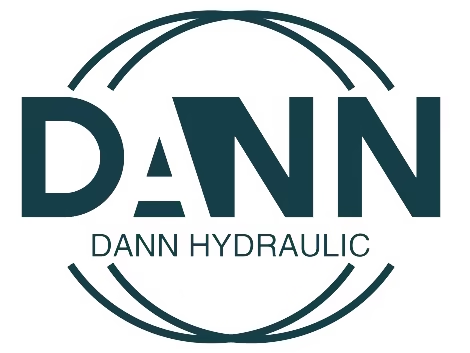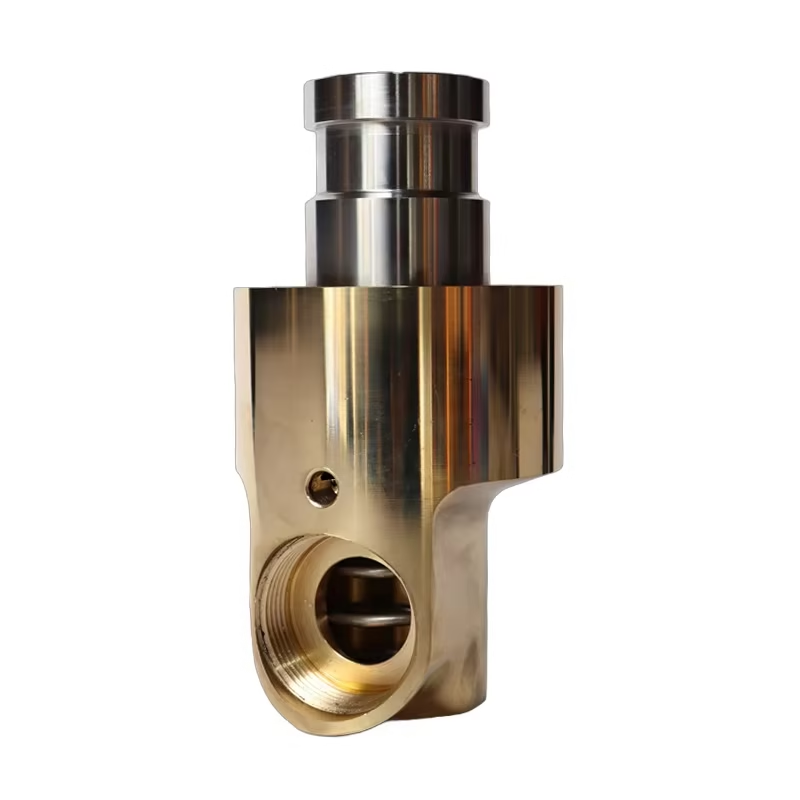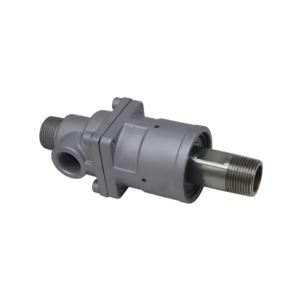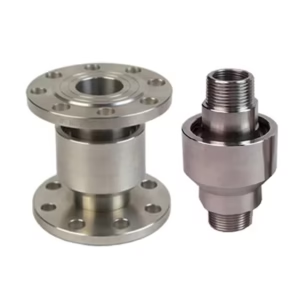Brass rotary joint Water air oil Rotating Water Joint
Original price was: $25.00.$19.00Current price is: $19.00.
- Connection: Flange
- Model: Rotary Joint for Water
- Size: customization
- Max.Speed: less than or equal to 5000RPM
- Max. Pressure: less than or equal to 10 MPA
- Max. Temperature: Less than or equal to 260 degrees
- Medium: Water, air, hydraulic oil, salt water, etc
Description
Product Overview: Rotating Water Joint
The Rotating Water Joint is a high-performance mechanical device designed to facilitate the seamless transfer of water and other fluids between stationary and rotating components. This innovative solution is essential for various industrial applications, ensuring efficient fluid management while preventing leaks and maintaining system integrity.
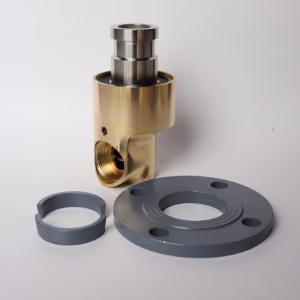
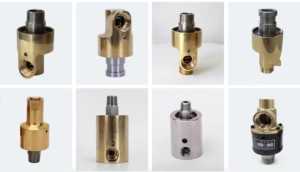

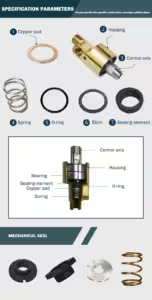
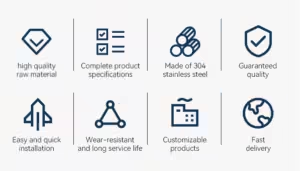
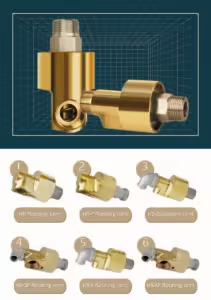

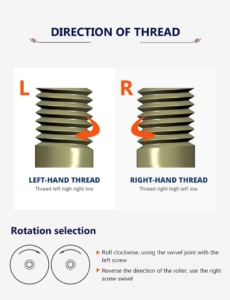
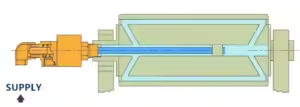
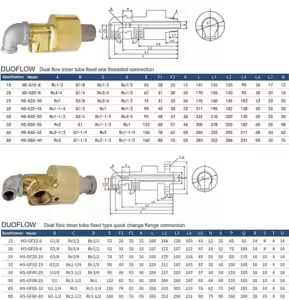
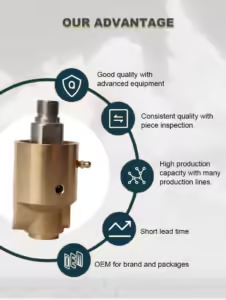
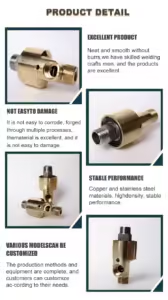

Key Features
Leak-Proof Design: Our Rotating Water Joints utilize advanced sealing technologies that ensure minimal leakage, even under high pressure and temperature conditions. This feature is crucial for maintaining operational efficiency and safety in industrial environments.
Durable Construction: Engineered from robust materials such as stainless steel and brass, our rotary joints are built to withstand harsh conditions, providing longevity and reliability in demanding applications.
Multiple Flow Passages: Designed with the capability to accommodate multiple independent flow channels, these joints allow for the simultaneous transfer of different fluids, enhancing versatility in complex systems.
High Pressure and Speed Ratings: Our Rotating Water Joints are capable of handling high pressures (up to 7,500 PSI) and rotational speeds, making them suitable for a wide range of applications, from manufacturing to power generation.

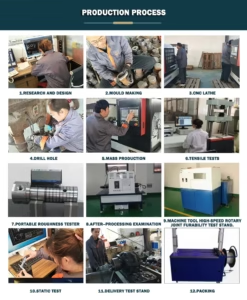 Our seals are on CNC machine tools and special grinding machines. The finished, mirror-like surface makes the seal more reliable, and high-precision rolling bearings are also used to make it rotate smoothly.
Our seals are on CNC machine tools and special grinding machines. The finished, mirror-like surface makes the seal more reliable, and high-precision rolling bearings are also used to make it rotate smoothly.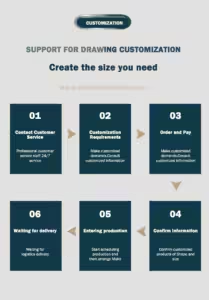
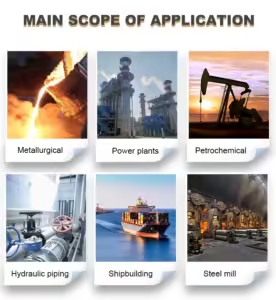

Why Choose Our Rotating Water Joint?
At DANN, we committed to delivering high-quality rotating water joints that meet the diverse needs of our clients. Our products crafted with precision engineering to ensure optimal performance in demanding environments. With a focus on customer satisfaction and operational excellence, we provide tailored solutions that enhance your processes while ensuring safety and reliability.
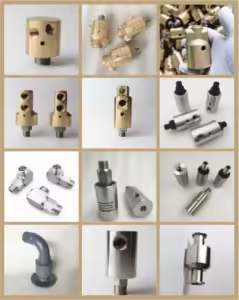
FAQ
What is a Rotating Water Joint?
A Rotating Water Joint, also known as a rotary union, is a mechanical device that allows for the transfer of water and other fluids from a stationary source to rotating machinery. It designed to prevent leaks while enabling smooth fluid flow in applications where components rotate continuously or periodically.
How does a Rotating Water Joint work?
The joint consists of two main parts: a stationary member connected to the fluid supply and a rotating member that connects to the equipment. Internal passageways facilitate fluid flow while seals prevent leakage, ensuring efficient operation even under high pressure and rotational speeds.
What materials used in Rotating Water Joints?
Common materials include stainless steel and brass, which provide durability and resistance to corrosion. These materials selected based on the specific requirements of the application, such as temperature and pressure.
Can Rotating Water Joints handle multiple fluids?
Yes, many rotary joints designed to accommodate multiple independent flow passages. Allowing for the simultaneous transfer of different fluids such as water, steam and oil. This versatility is beneficial in complex systems requiring varied fluid management.
What factors should considered when selecting a Rotating Water Joint?
Fluid type (water, steam.)/Rotational speed/Operating pressure/Temperature/Flow rate/Piping connection sizes.
What are some leading manufacturers of Rotating Water Joints?
Notable manufacturers include Deublin, Kadant, Maco Corporation, and DSTI. These companies offer a range of rotary joints designed for various applications and specifications, ensuring high performance and reliability.
What maintenance required for Rotating Water Joints?
Regular inspections should conducted to check for wear on seals and other components. Maintenance typically involves replacing seals when necessary, which can often done without disassembling the entire joint.
